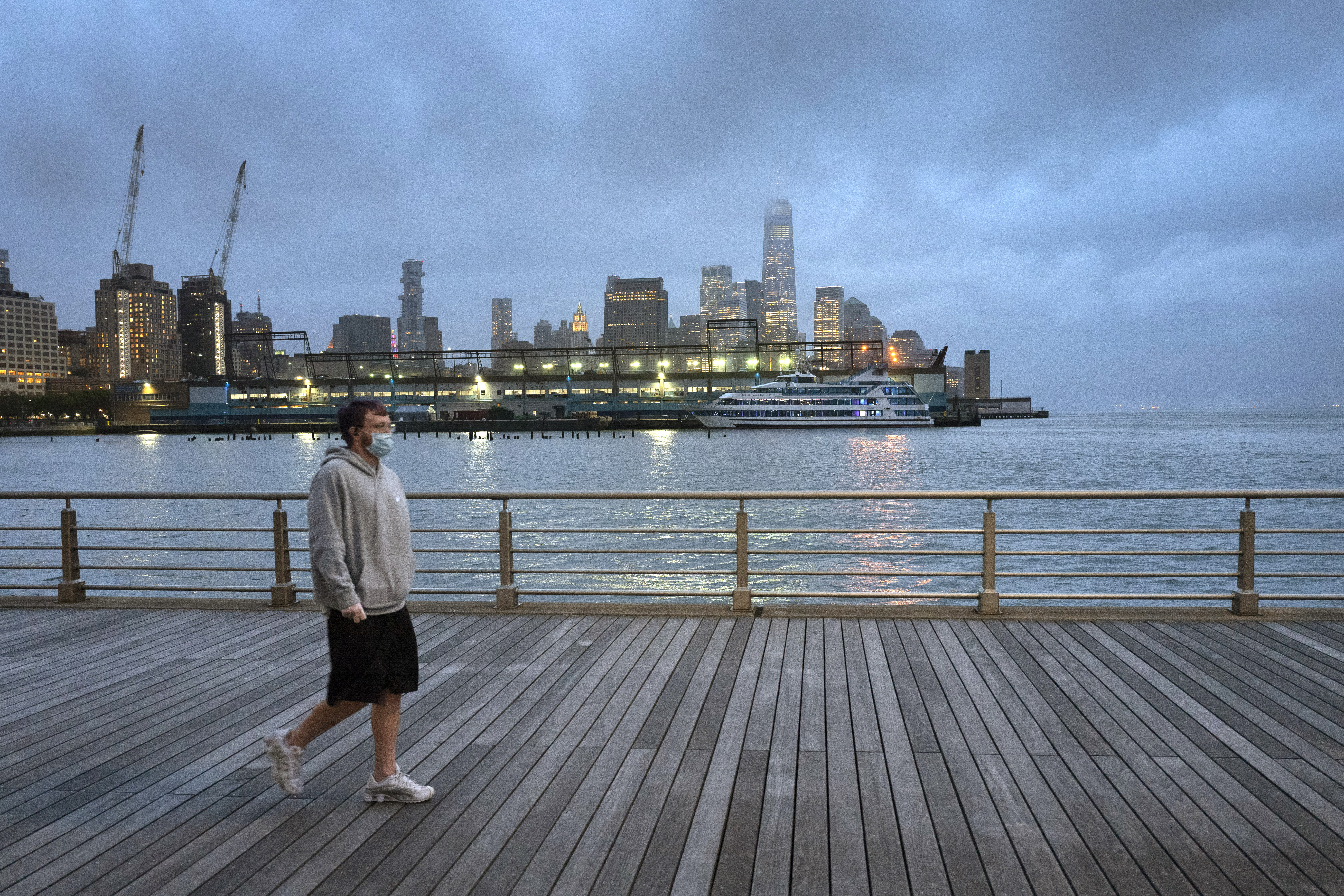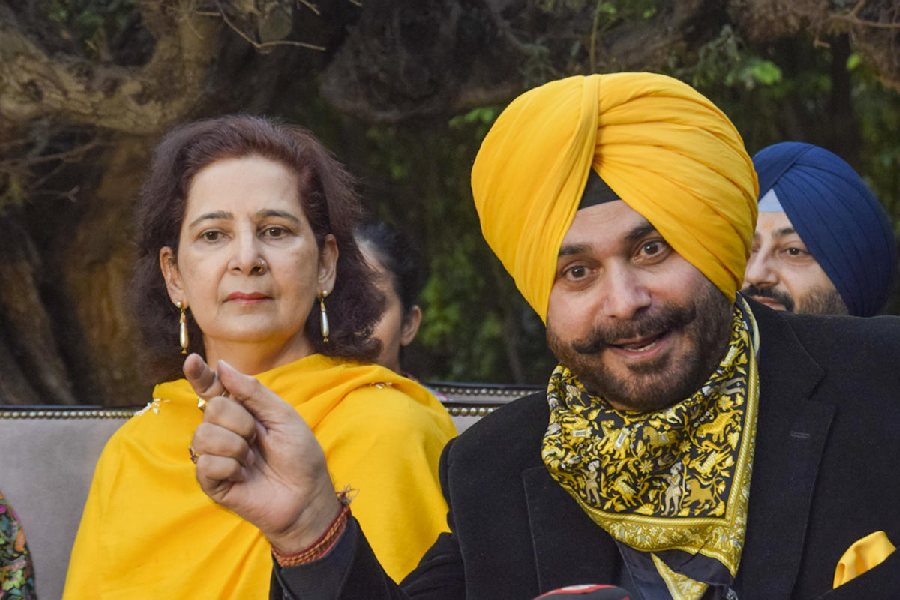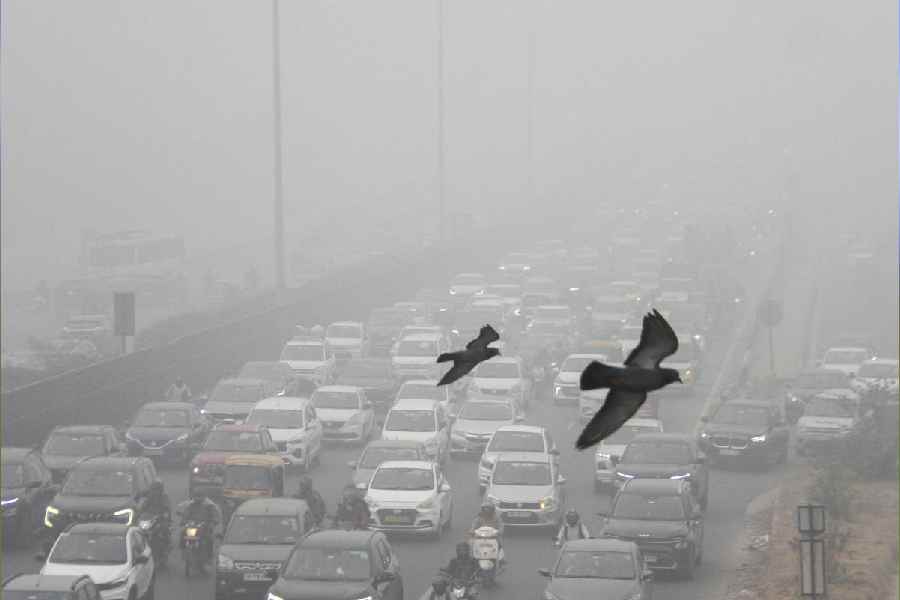“Everybody hopes for seasonality” when it comes to the coronavirus pandemic, Peter Juni of the University of Toronto acknowledged.
Maybe, just maybe, the summer will diminish the spread of Covid-19.
But a new study, by Dr Juni, an epidemiologist, and his colleagues in Canada and Switzerland, offers very little encouragement for warm-weather worshipers. In countries around the world, his research found, variations in heat and humidity had little to no effect on the spread of the pandemic. Differences in how the disease spread were instead strongly associated with public health measures like social distancing and school closures.
Several other studies have found or projected modest effects of warmer climates or the increase of sunlight in diminishing the spread of the coronavirus, but all have emphasised the need for public health interventions.
One reason is that most of the world’s population has no immunity to the virus. “This means the virus doesn’t need favorable conditions” to spread, Dr Juni said.
He and his colleagues did a forward-looking study in which they picked 144 countries or “geopolitical areas” around the world and established the conditions that prevailed from March 7 to March 13 in terms of temperature, humidity and public health measures.
Then they followed those countries and how cases of Covid-19 grew during the subsequent period of March 21 to March 27, after a 14-day incubation period for infections during the earlier period to cause disease.
The countries varied from Canada to the tropics, but no effect for temperature was found. Humidity had a very weak connection to diminished spread, they found. But by far the most important in associations with a diminished spread of the disease were school closings, social distancing and restrictions on large gatherings.
“In our study,” the researchers wrote in the study, published Thursday in the Canadian Medical Association Journal, “only public health interventions were consistently associated with reduced epidemic growth, and the greater the number of co-occurring public health interventions, the larger the reduction in growth”.
Other studies have reported mixed results on the effect of the weather and sunlight. One from researchers at the Massachusetts Institute of Technology found that humidity seemed to slow the spread of the virus.
Qasim Bukhari, one of the authors of that study, said the new report was interesting, although limited by the short time span it covered.
He said he and his colleagues “also stressed in our work that public health interventions are very important”.
Mark C. Urban, an ecologist at the University of Connecticut, found summer weather, including ultraviolet light, had some effect on the virus and its spread, but said “social interventions have by far the most important effect”.
And a short report from the National Academies of Sciences, Engineering and Medicine concluded that summer was not likely to slow the virus significantly.
All the studies acknowledge uncertainty and limitations in their findings. And none diminish the primacy of public health measures. Dr Juni said that given the effectiveness of social restrictions, school-opening strategies should be very carefully planned and tested.
“We can’t have schools closed for more than a year and a half,” he said, but it is not yet known how best to reopen schools and what policies should be followed. Mistakes could mean that openings backfire, with devastating consequence for spread of the disease. New York Times News Service











